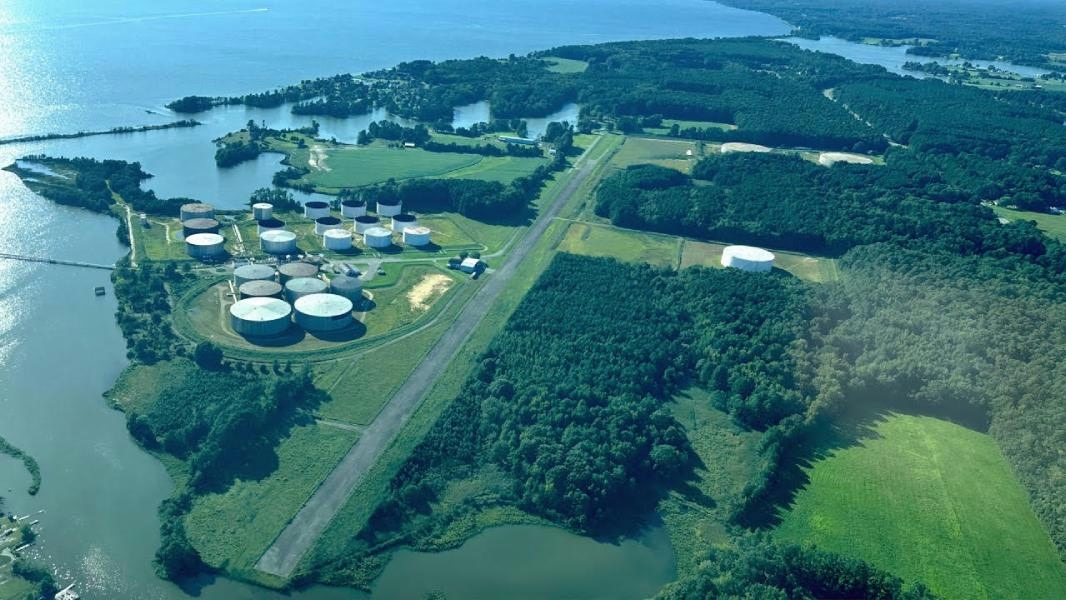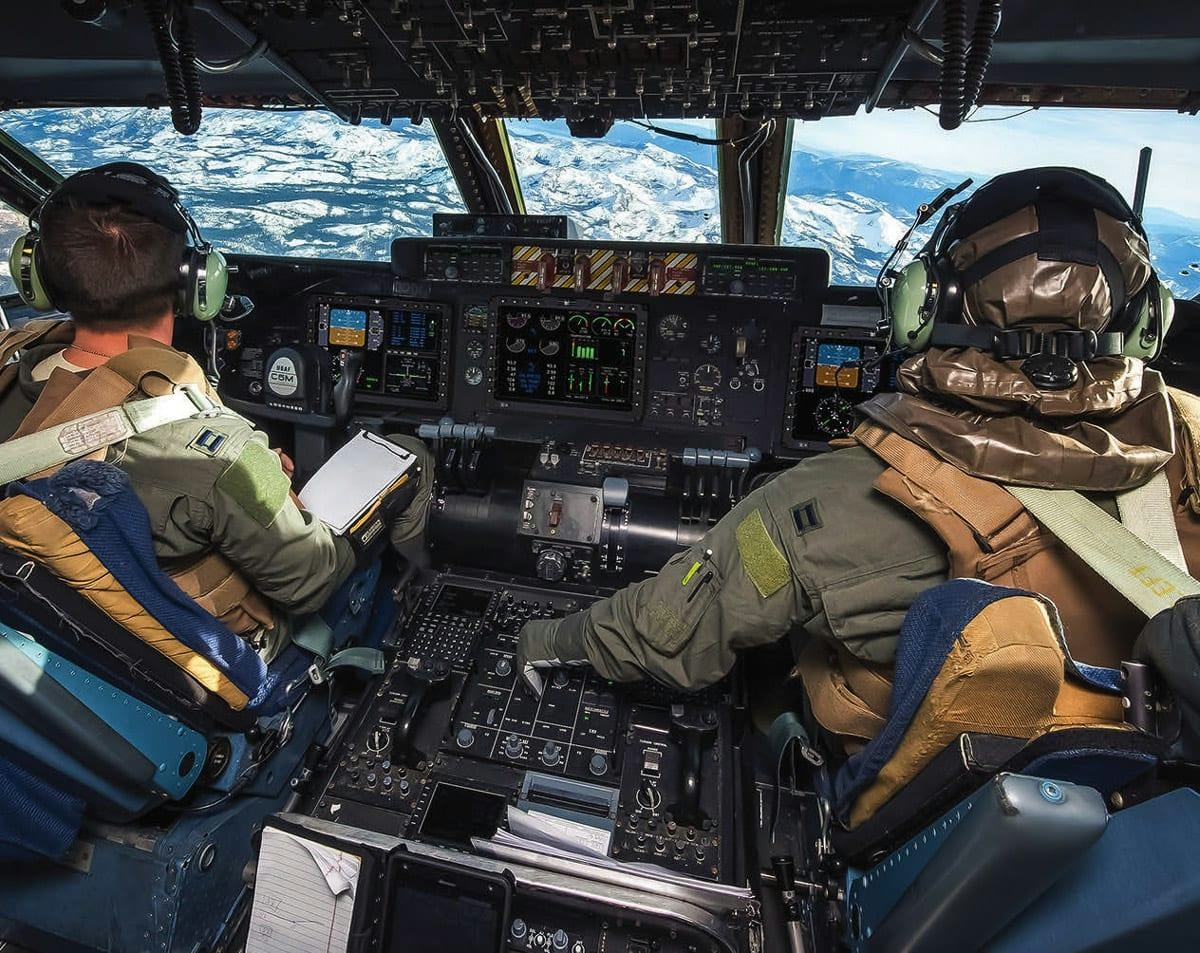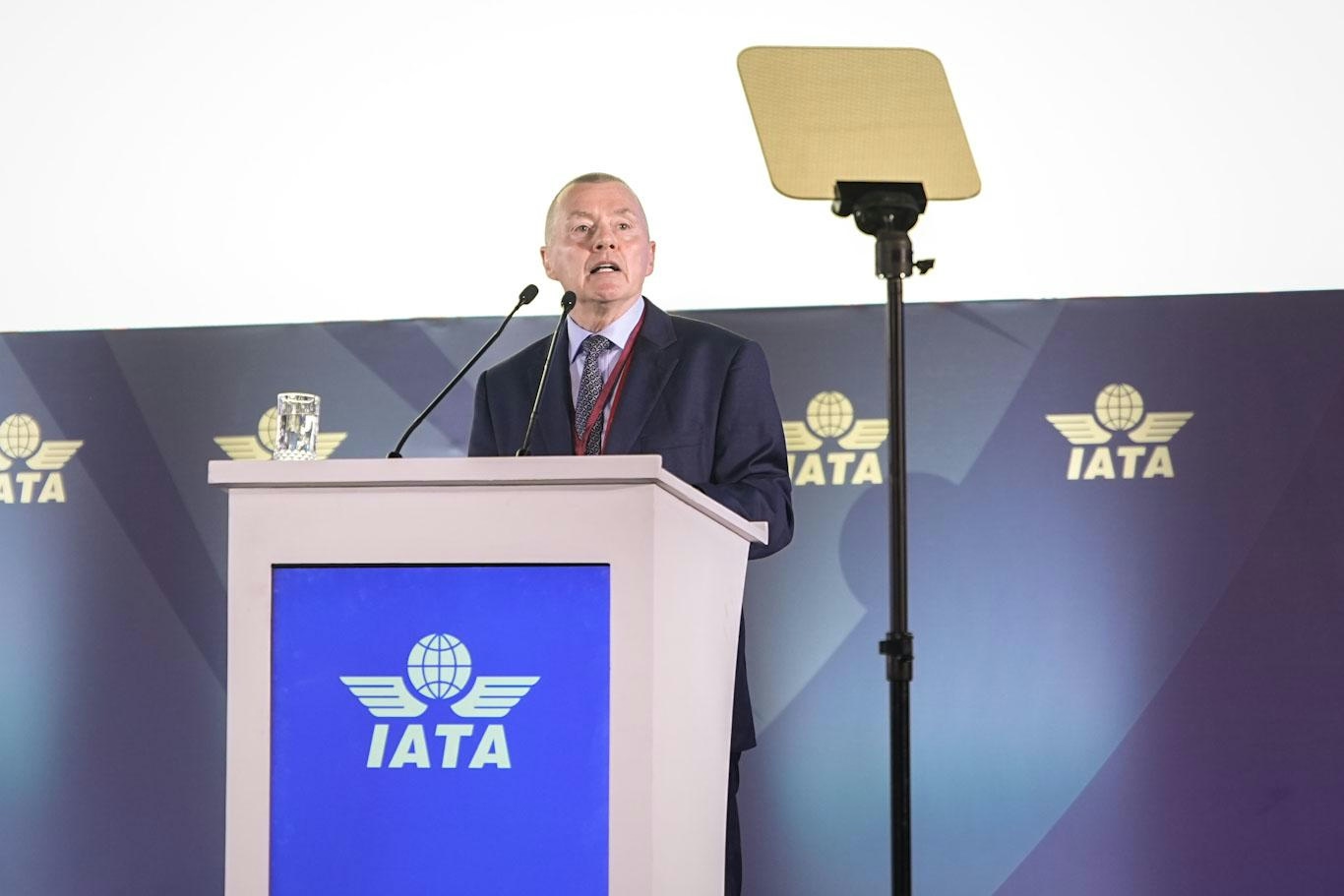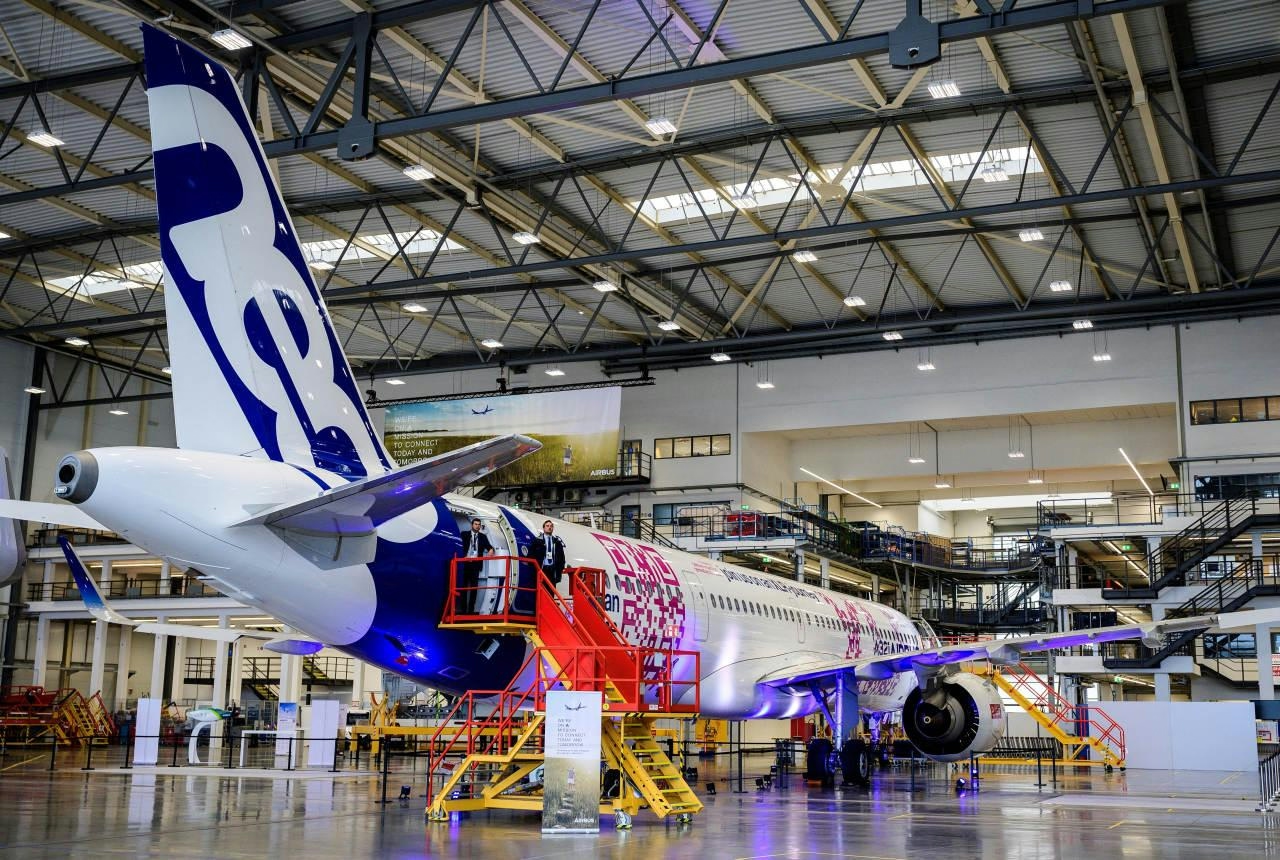
AeroGenie — Seu copiloto inteligente.
Tendências
Categories
Offshore Aviation Plans Redevelopment of Piney Point Terminal for Unmanned Technology

Offshore Aviation to Transform Piney Point Terminal into Unmanned Technology Hub
ST. MARY’S COUNTY, Md. – Offshore Aviation Group (OAG), a veteran-owned Maryland company, has announced its acquisition of the historic Piney Point Terminal in St. Mary’s County. The 320-acre waterfront property is slated for a comprehensive redevelopment aimed at establishing a center for unmanned systems development, testing, and operations. This initiative seeks to honor the site’s rich aviation and maritime heritage while positioning the region as a leader in next-generation unmanned technology.
OAG’s redevelopment plan involves the complete removal of existing storage tanks and the pipeline connecting the facility to the Potomac River, underscoring the company’s commitment to environmental stewardship and community engagement. The project also includes reopening Piney Point Creek to local boaters and transforming the site into a base for both manned and unmanned systems testing, alongside the establishment of a private seaplane base.
Robert Hicks, CEO of Offshore Aviation Group, emphasized the broader vision behind the project, stating, “This is more than an investment in infrastructure—it’s an investment in the future of St. Mary’s County. We are honoring Piney Point’s legacy as a WWII naval test site while ensuring it remains a centerpiece for innovation, jobs, and leadership in unmanned technology.”
Revitalizing a Historic Site for Modern Innovation
Piney Point has a storied past as a torpedo test facility and naval aviation base during World War II. OAG’s redevelopment strategy seeks to build on this legacy by expanding commercial manufacturing of its 16 type, model, and series unmanned systems at the site. Plans include reopening the runway and collaborating with St. Mary’s County, the Maryland Aviation Administration, and the Federal Aviation Administration to establish a private-use airport dedicated to manufacturing, testing, and maintenance activities.
The company also intends to construct commercial hangars to accommodate defense contractors and academic institutions, providing dedicated air and sea space for unmanned systems testing. Additionally, the revitalization of the boat launch and the 1,200-foot industrial pier will support OAG’s expanding fleet of offshore supply vessels, thereby enhancing regional maritime and logistics capabilities.
Community engagement forms a key component of the redevelopment. OAG is partnering with local organizations such as the Paul Hall Center and Friends of the St. Clements Island and Piney Point Museums to support community events, explore a water taxi project, and develop a World War II heritage museum that highlights the site’s naval history.
Addressing Industry Challenges and Fostering Collaboration
Despite the promising economic and technological prospects, OAG faces several challenges, including navigating regulatory requirements, managing high capital expenditures, and integrating advanced unmanned technologies. The project has elicited some skepticism within the aviation community, reflecting the broader industry’s cautious stance toward unmanned systems. Furthermore, as consolidation intensifies within the sector, competitors may respond by adopting similar technologies or upgrading their infrastructure to maintain competitiveness.
To address these challenges and ensure the success of the initiative, OAG plans to collaborate closely with the State of Maryland, the U.S. Navy, federal agencies, contractors, military training units, and technology partners. This collaborative approach aims to maintain St. Mary’s County’s position at the forefront of unmanned systems innovation. The project leverages the region’s established defense ecosystem, linking key installations such as the Dahlgren Surface Warfare Center and Patuxent River Naval Air Station, thereby reinforcing Piney Point as a strategic nexus for aviation, maritime, and technology sectors.
By integrating historical preservation with state-of-the-art infrastructure, Offshore Aviation aspires to create new opportunities for high-tech employment, workforce development, and industry growth, demonstrating a sustained commitment to Maryland’s economy and national defense readiness.

FAA Extends Engine Pylon Airworthiness Directive to DC-10

Why United Airlines Continues to Use the Boeing 777-300ER in 2025

Dubai Airshow 2025: Key Aircraft and Conference Highlights

Defense Aviation Adopts Commercial Innovations

MedAire’s Alert Platform Enhances SolitAir’s Role in Aviation Security Innovation

India Faces Shortage of 30,000 Pilots Amid Growing Fleet, Aviation Minister Calls for Urgent Training

IATA Chief Calls for Fair Compensation for Airlines Amid Supply Chain Challenges

AAI Unveils Pavilion Highlighting India’s Aviation Advances at IITF 2025

Airbus Projects Asia-Pacific Will Need Nearly 20,000 New Planes Over 20 Years
